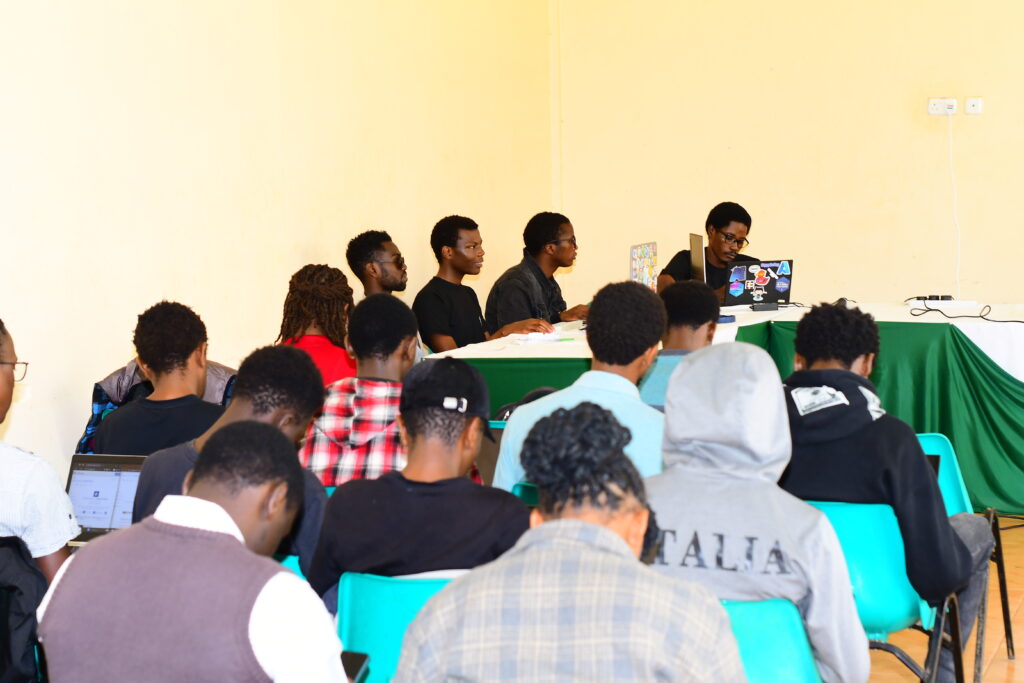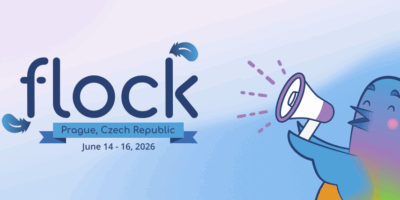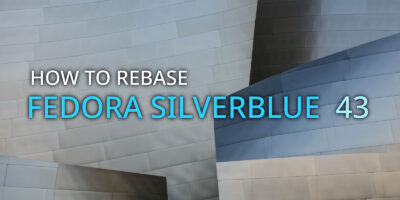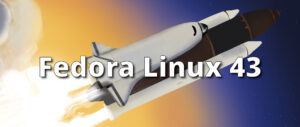We did it again, Fedora at Kirinyaga university in Kenya. This time, we didn’t just introduce what open source is – we showed students how to participate and actually contribute in real time.
Many students had heard of open source before, but were not sure how to get started or where they could fit. We did it hands-on and began with a simple explanation of what open source is: people around the world working together to create tools, share knowledge, and support each other. Fedora is one of these communities. It is open, friendly, and built by different people with different skills.
We talked about the many ways someone can contribute, even without deep technical experience. Documentation, writing guides, design work, translation, testing software, and helping new contributors are all important roles in Fedora. Students learned that open source is not only for “experts.” It is also for learners. It is a place to grow.
Hands-on Documentation Workshop

After the introduction, we moved into a hands-on workshop. We opened Fedora Docs and explored how documentation is structured. Students learned how to find issues, read contribution instructions, and make changes step-by-step. We walked together through:
- Opening or choosing an issue to work on
- Editing documentation files
- Making a pull request (PR)
- Writing a clear contribution message
By the end of the workshop, students had created actual contributions that went to the Fedora project. This moment was important. It showed them that contributing is not something you wait to do “someday.” You can do it today.
“This weekend’s Open Source Event with Fedora, hosted by the Computer Society Of Kirinyaga, was truly inspiring! 💻
Through the guidance of Cornelius Emase, I was able to make my first pull request to the Fedora Project Docs – my first ever contribution to the open-source world. 🌍”
– Student at Kirinyaga University
Thank you note
Huge appreciation to:
- Jona Azizaj — for steady guidance and mentorship.
- Mat H. — for backing the vision of regional community building.
- Fedora Mindshare Team — for supporting community growth here in Kenya.
- Computer Society of Kirinyaga — for hosting and bringing real energy into the room.
And to everyone who played a part – even if your name isn’t listed here, I see you. You made this possible.
Growing the next generation
The students showed interest, curiosity, and energy. Many asked how they can continue contributing and how to connect with the wider Fedora community. I guided them to Fedora Docs, Matrix community chat rooms, and how they can be part of the Fedora local meetups here in Kenya.
We are introducing open source step-by-step in Kenya. There is a new generation of students who want to be part of global technology work. They want to learn, collaborate, and build. Our role is to open the door and walk together(I have a discourse post on this, you’re welcome to add your views).

What Comes Next
This event is part of a growing movement to strengthen Fedora’s presence in Kenya. More events will follow so that learning and contributing can continue.
We believe that open source becomes strong when more people are included. Fedora is a place where students in Kenya can learn, grow, share, and contribute to something global.
We already had a Discourse thread running for this event – from the first announcement, planning, and budget proposal, all the way to the final workshop. Everything happened in the open. Students who attended have already shared reflections there, and anyone who wants to keep contributing or stay connected can join the conversation.
You can check the events photos submitted here on Google photos(sorry that’s not FOSS:))
Cornelius Emase,
Your Friend in Open Source(Open Source Freedom Fighter)






Leave a Reply